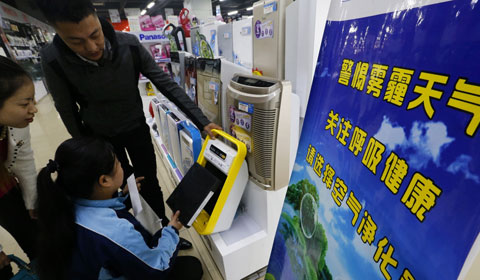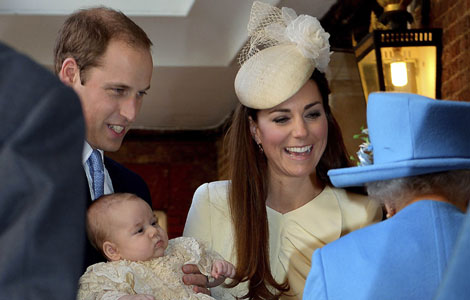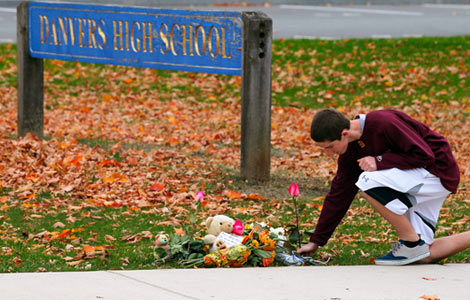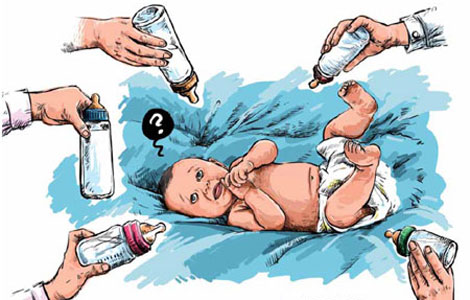Chinatown restaurants learn how to get an 'A'
Updated: 2013-10-25 10:05
By Caroline Berg in New York (China Daily USA)
|
||||||||
Between July 2012 and March 2013, New York restaurants paid $30.3 million in health inspection fines. Of the 293 restaurants in Manhattan's Chinatown district, the total in fines was about $600,000.
"For such a small restaurant community, that amount is really significant," Rada Tarnovsky, a New York attorney and president of Letter Grade Consulting, told a group of about 20 Chinatown restaurant representatives during a health- inspection workshop this week.
Letter Grade Consulting, which was founded in 2010 to raise awareness and help food-service establishments operate at the highest level of food safety, charges a fee for its services.
"I know that there's 20 percent more 'A' grades citywide than there is in the Chinatown area," Tarnovsky told China Daily. "Mostly you will see it's ethnic communities that have less 'A' grades and more 'B' grades. That's pretty much across the board."
To help restaurateurs in the community improve their health-inspection grades and overall daily sanitation upkeep, the Chinatown Business Improvement District (BID) office held a two-hour English and Chinese language workshop on Wednesday on the health-inspection process and common issues that plague the community's restaurants.
Tarnovsky and her partner Leon Lubarsky spoke to restaurateurs and encouraged them to seek help from legal experts, such as their own consulting business.
"While representing clients at tribunal hearings, we noticed many owners and operators from Chinatown, many without adequate representation, many willing to pay fines just to pay, and many accepting settlements when settlements probably should not have been accepted," Tarnovsky said.
The average number of inspections was 2.5 annually, according to the city's Health department. In 2013, Tarnovsky said that number is expected to increase to an average of four annual inspections. Health inspectors will check on businesses with 'B' or 'C' grades more frequently, which means they will likely discover more violations and stick the owner with more fines, Tarnovsky said.
Even if the business receives an "A" grade, each restaurant pays an average of $800 annually for the inspection. For a "B," each restaurant pays an average of $2,800-$4,200 annually on inspection fines and fees. For a "C" grade, it can cost $6,000 to $10,000 annually.
Currently, more than half of Chinatown BID food establishments have an "A" grade, which consumers can see posted on the front entrance. Thirty-nine restaurants are in the process of appealing their grades with "Grade Pending" signs in their windows, 47 have B's and 10 have C's, while 47 have yet to be graded.
The city implemented the letter grade system three years ago to help consumers make decisions when choosing where to eat. It became an incentive for restaurants to maintain the highest food-safety standards and to reduce the spread of food-borne illnesses, Tarnovsky told the restaurateurs.
He said "80 percent of consumers consider letter grades when they go out for food", citing a 2012 report. "If you have anything but an 'A' in your window, there will be a decrease in revenue, loss of goodwill, plus the possibility of closure."
The letter-grade system consists of more than 1,000 points, and the more points compiled, the more it will cost the restaurant.
"If you get 14 points, you get a 'B'," Lubarsky told the restaurateurs. "It's very easy — just a few simple mistakes and you've lost your 'A'."

 Giant duck to exit after drawing the crowds
Giant duck to exit after drawing the crowds
 Ministry to begin inspecting most heavily polluted regions
Ministry to begin inspecting most heavily polluted regions
 Spy claims stir rebuke to Obama
Spy claims stir rebuke to Obama
 Paint the world a picture
Paint the world a picture
 World's first 1-liter car debuts in Beijing
World's first 1-liter car debuts in Beijing
 Latin American clown convention
Latin American clown convention
 Prince George baptized in London
Prince George baptized in London
 Mass. teacher slain; 14-year-old student charged
Mass. teacher slain; 14-year-old student charged
Most Viewed
Editor's Picks

|

|

|

|

|

|
Today's Top News
Beijing airport set to become world's busiest
US firms urge easier process for investment
China calls for strengthened EU ties
Spy claims stir rebuke to Obama
Traders in Yiwu cashing in on e-commerce shops
PMI heads for 7-month high
Ministry to inspect most heavily polluted regions
Ban to help protect kids from sexual predators
US Weekly

|

|







